Home>Furniture & Design>Outdoor Furniture>How To Build An Outdoor Cat Shelter
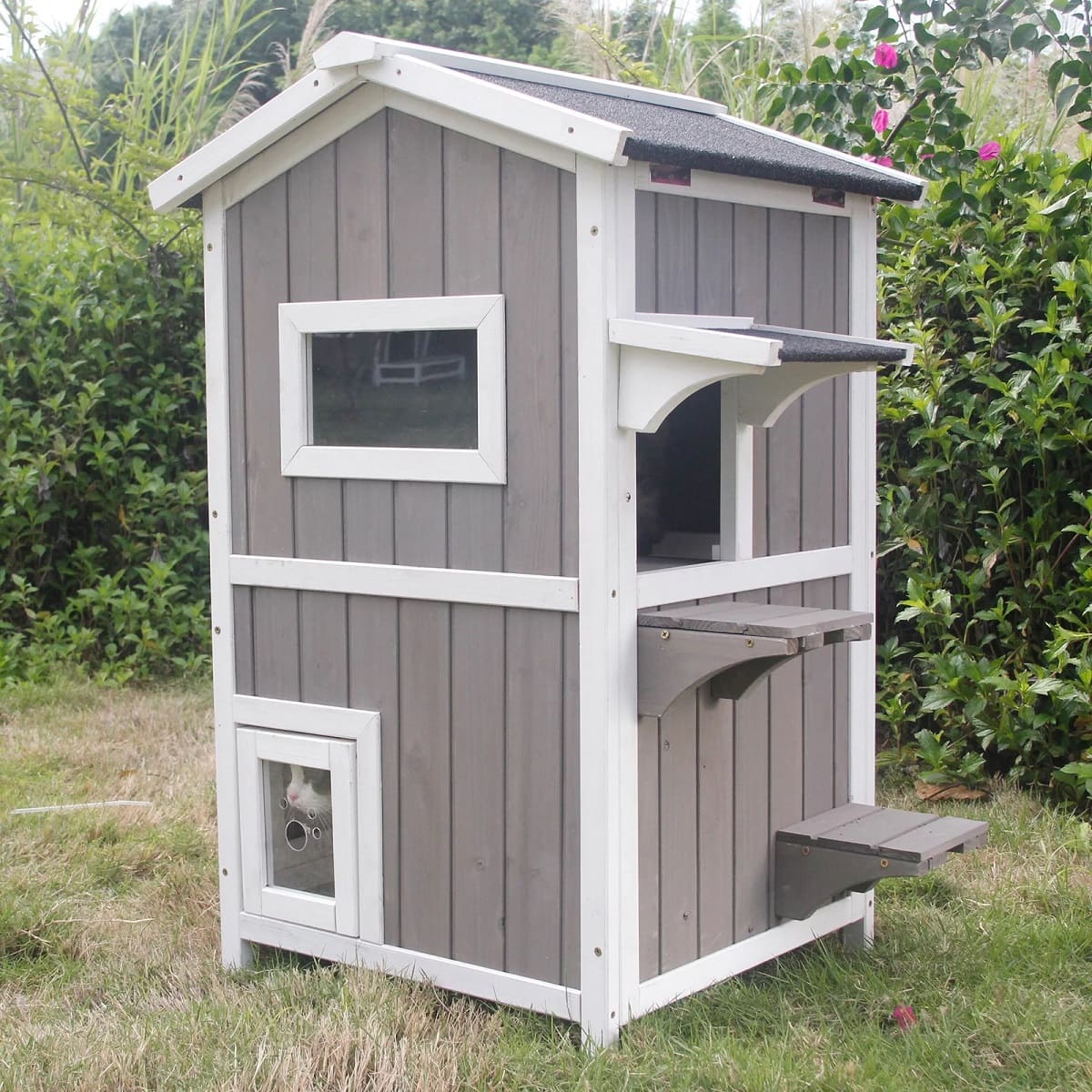

Outdoor Furniture
How To Build An Outdoor Cat Shelter
Modified: February 18, 2024
Learn how to build a cozy outdoor cat shelter with our easy DIY guide. Create a safe and stylish space for your feline friend. Perfect for outdoor furniture, furniture, and design enthusiasts!
(Many of the links in this article redirect to a specific reviewed product. Your purchase of these products through affiliate links helps to generate commission for Storables.com, at no extra cost. Learn more)
Introduction
Creating a safe and comfortable outdoor shelter for your feline friend is a thoughtful way to provide protection from the elements and ensure their well-being. Whether you have a community cat that frequents your yard or you want to offer your own pet a cozy retreat in the great outdoors, building an outdoor cat shelter can be a rewarding and practical project. Not only does it offer a secure space for your cat to rest and seek refuge, but it also provides peace of mind for pet owners, knowing their furry companions have a warm and dry place to escape to.
In this guide, we will walk you through the process of building a simple yet effective outdoor cat shelter. You don't need advanced carpentry skills or expensive materials to create a functional and inviting shelter for your cat. With the right approach and a few basic supplies, you can construct a shelter that will keep your cat comfortable and protected in various weather conditions.
By following the steps outlined in this article, you can embark on a fulfilling DIY project that benefits both your cat and the feline community in your area. Let's delve into the materials needed and the step-by-step construction process to create a cozy and secure outdoor retreat for your beloved feline companion.
Key Takeaways:
- Building an outdoor cat shelter is a rewarding DIY project that offers a cozy and secure retreat for your feline friend, providing protection from the elements and peace of mind for pet owners.
- By repurposing a plastic storage bin and adding insulation, bedding, and a door, you can create a warm and inviting outdoor shelter that benefits both your cat and the feline community.
Read more: How To Build An Outdoor Shelter
Materials Needed
Building an outdoor cat shelter requires a handful of materials that are affordable and readily available. Here’s a list of the essential items you’ll need to get started:
- Storage Bin: Select a large plastic storage bin with ample space for your cat to move around comfortably. The bin should be deep enough to accommodate bedding and insulation while providing sufficient headroom.
- Styrofoam Insulation: Purchase a sheet of styrofoam insulation to line the interior walls of the shelter. This will help retain heat and create a cozy environment for your cat.
- Straw or Hay: Stock up on straw or hay, which will serve as bedding inside the shelter. These natural materials provide warmth and insulation, making them ideal for lining the shelter’s floor.
- Duct Tape: Acquire a roll of heavy-duty duct tape to secure the insulation and reinforce the shelter’s structure.
- Box Cutter or Utility Knife: A sharp box cutter or utility knife is essential for cutting openings in the storage bin and trimming the insulation to fit the interior walls.
- Permanent Marker: Have a permanent marker on hand to outline the door and window openings before cutting into the plastic bin.
- Straw Mat or Blanket: Consider adding a straw mat or a small blanket inside the shelter to provide additional warmth and comfort for your cat.
- Outdoor Sealant: Opt for a non-toxic outdoor sealant to weatherproof the shelter and prevent moisture from seeping in through the seams.
- Measuring Tape: A measuring tape will be useful for ensuring accurate dimensions when cutting the insulation and planning the shelter’s layout.
These basic materials will form the foundation of your outdoor cat shelter, offering a blend of insulation, comfort, and durability to create a cozy haven for your feline companion. With these supplies in hand, you’re ready to embark on the construction phase of the project.
Building the Shelter
Constructing an outdoor cat shelter involves repurposing a plastic storage bin to create a cozy and protective retreat for your cat. Follow these steps to build the shelter:
- Prepare the Storage Bin: Begin by selecting a spacious plastic storage bin with a secure lid. Thoroughly clean and dry the bin to ensure a sanitary environment for your cat.
- Mark the Entryway: Use a permanent marker to outline the entrance on one of the longer sides of the bin. The entryway should be large enough for your cat to enter and exit comfortably.
- Cut the Entryway: With a sharp box cutter or utility knife, carefully cut along the marked lines to create the entrance. Take caution to avoid leaving any sharp edges that could potentially harm your cat.
- Line the Interior with Insulation: Cut pieces of styrofoam insulation to fit the interior walls of the bin. Secure the insulation in place using heavy-duty duct tape to create a snug and warm enclosure.
- Add Bedding: Place a generous amount of straw or hay on the shelter’s floor to provide insulation and a soft, comfortable surface for your cat to rest on.
- Secure the Lid: Once the interior is prepared, place the lid on the bin to provide additional protection against the elements. Ensure that the lid is securely fastened to keep the shelter secure and dry.
With these steps completed, you’ll have a basic yet effective outdoor shelter that offers warmth and protection for your cat. The next phase involves adding insulation to enhance the shelter’s ability to retain heat, ensuring your cat remains snug and comfortable, even in chilly weather.
Adding Insulation
Insulating the outdoor cat shelter is crucial for maintaining a warm and cozy environment, especially during colder months. Here’s how to effectively add insulation to the shelter:
- Line the Walls: Cut additional pieces of styrofoam insulation to fit the interior walls of the shelter. Ensure that the walls are entirely covered to minimize heat loss and create a snug space for your cat.
- Address Gaps and Openings: Pay close attention to any gaps or openings where cold air could seep in. Use the duct tape to seal these areas and reinforce the insulation, preventing drafts and maintaining a comfortable temperature inside the shelter.
- Layer the Bedding: Add an extra layer of straw or hay on top of the insulation to provide additional warmth and comfort for your cat. This natural bedding material acts as an insulator, retaining heat and creating a cozy sleeping area.
- Ensure Ventilation: While insulation is essential for warmth, it’s important to maintain proper ventilation within the shelter. Avoid completely sealing off the shelter, as adequate airflow is necessary to prevent moisture buildup and ensure a healthy environment for your cat.
By following these steps, you’ll effectively insulate the outdoor cat shelter, creating a snug and inviting space that offers protection from the cold. The addition of insulation enhances the shelter’s ability to retain heat, providing your cat with a comfortable refuge in outdoor settings.
Consider using a sturdy plastic storage bin as the base for the shelter, insulating it with foam board and lining it with straw for warmth. Make sure to create a small entrance and elevate it off the ground to keep the shelter dry.
Adding a Door
Installing a door on the outdoor cat shelter enhances its functionality and provides an extra layer of protection against the elements. Follow these steps to add a door to the shelter:
- Measure and Mark: Determine the desired location for the door, ensuring it is large enough for your cat to enter and exit comfortably. Use a permanent marker to outline the door opening on the shelter’s exterior.
- Cut the Opening: Carefully use a box cutter or utility knife to cut along the marked lines, creating the door opening. Take care to smooth any rough edges to prevent injury to your cat.
- Create a Flap: Craft a simple door flap using a piece of heavy-duty plastic or a durable fabric material. Attach the flap to the top of the door opening using weather-resistant tape or outdoor adhesive, allowing it to swing freely.
- Test the Door: Ensure that the door flap opens and closes smoothly, providing easy access for your cat while effectively sealing the shelter to keep out wind and moisture.
By adding a door to the outdoor cat shelter, you provide your feline companion with a secure and comfortable space that offers protection from the elements. The door not only enhances the shelter’s insulation but also ensures that your cat can enter and exit the shelter with ease, making it a welcoming and functional retreat.
Read more: How To Build An Outdoor Cat Enclosure
Placing the Shelter
Choosing the right location for the outdoor cat shelter is crucial to ensure your cat’s comfort and safety. Consider the following factors when placing the shelter:
- Shelter Orientation: Position the shelter in a way that minimizes exposure to prevailing winds and direct sunlight. Orienting the entrance away from prevailing winds helps reduce drafts, while providing a shaded area can prevent the shelter from becoming too hot in sunny weather.
- Elevated Placement: Raise the shelter slightly off the ground to prevent moisture from seeping in during rainy or snowy conditions. Placing the shelter on a platform or elevated surface also helps insulate it from the cold ground, maintaining a warmer interior for your cat.
- Accessibility: Ensure that the shelter is easily accessible for your cat while remaining discreet and secluded. Placing the shelter in a quiet and low-traffic area allows your cat to feel secure while using the shelter as a restful retreat.
- Multiple Exits: If possible, position the shelter near multiple escape routes to provide your cat with options in case of any disturbances or threats from other animals.
- Regular Monitoring: Keep an eye on the shelter’s placement and condition, particularly during extreme weather, to ensure it continues to offer a safe and comfortable haven for your cat.
By carefully considering these placement factors, you can create an inviting and secure environment for your cat, offering a cozy retreat that meets their needs while providing peace of mind for you as a caring pet owner.
Conclusion
Building an outdoor cat shelter is a thoughtful and practical way to provide a secure and comfortable space for your feline companion. By repurposing a plastic storage bin and adding insulation, bedding, and a door, you can create a cozy retreat that offers protection from the elements and a sense of security for your cat. Placing the shelter in a strategic location further enhances its functionality, ensuring that your cat has a welcoming and safe haven in outdoor settings.
Whether you’re looking to offer shelter to a community cat or provide your own pet with an outdoor retreat, constructing a cat shelter is a rewarding DIY project that benefits both cats and their caretakers. It allows you to contribute to the well-being of outdoor cats while fostering a deeper connection with your own pet through the creation of a personalized and comfortable space.
Remember that regular monitoring and maintenance of the shelter are essential to ensure its continued effectiveness and safety. By providing a warm and secure outdoor shelter, you can offer your cat the opportunity to enjoy the outdoors while having a reliable refuge to retreat to when needed.
Overall, building an outdoor cat shelter is a meaningful way to enrich the lives of cats and strengthen the bond between humans and their feline companions, all while promoting the well-being of outdoor animals in the community.
Frequently Asked Questions about How To Build An Outdoor Cat Shelter
Was this page helpful?
At Storables.com, we guarantee accurate and reliable information. Our content, validated by Expert Board Contributors, is crafted following stringent Editorial Policies. We're committed to providing you with well-researched, expert-backed insights for all your informational needs.
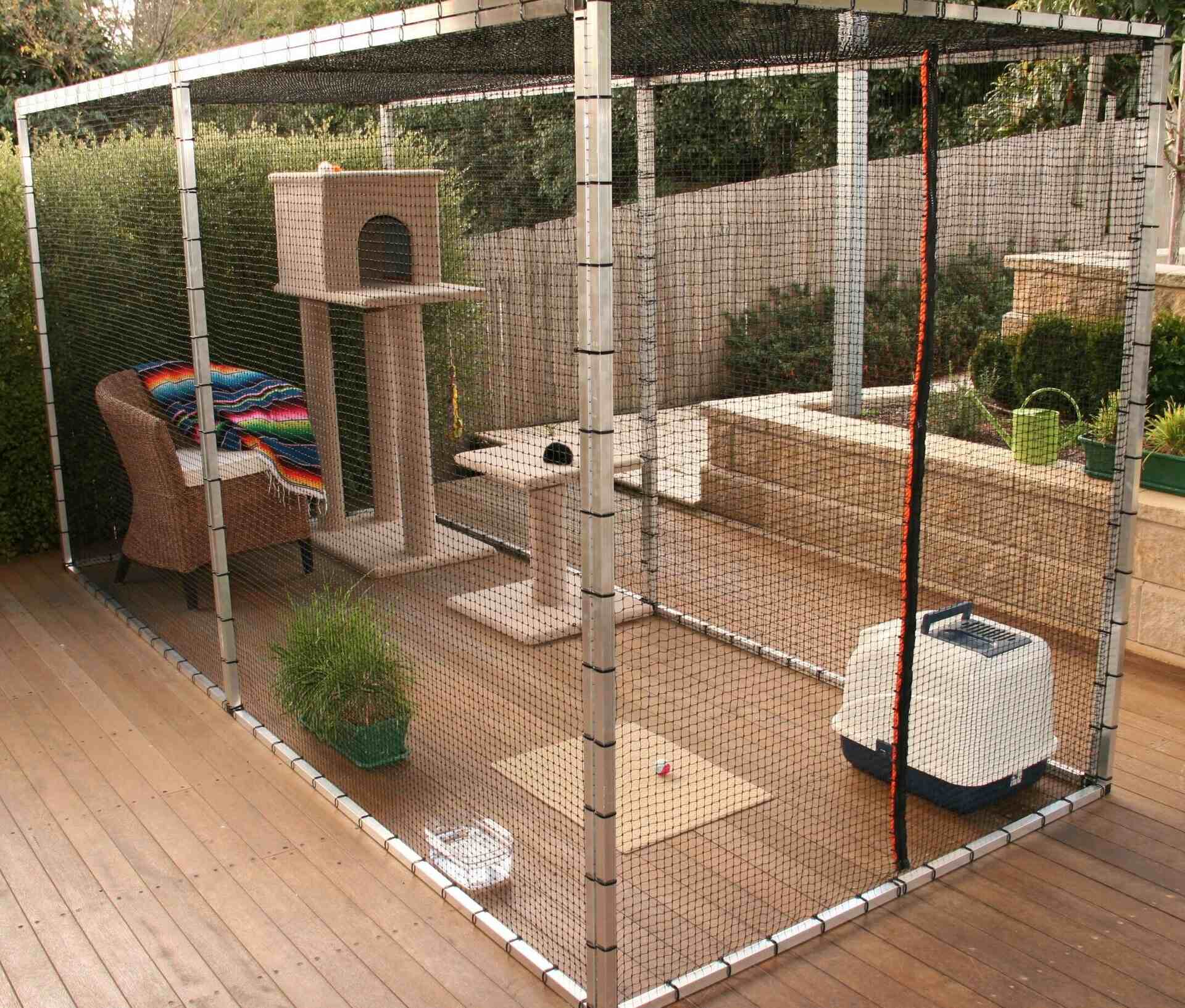

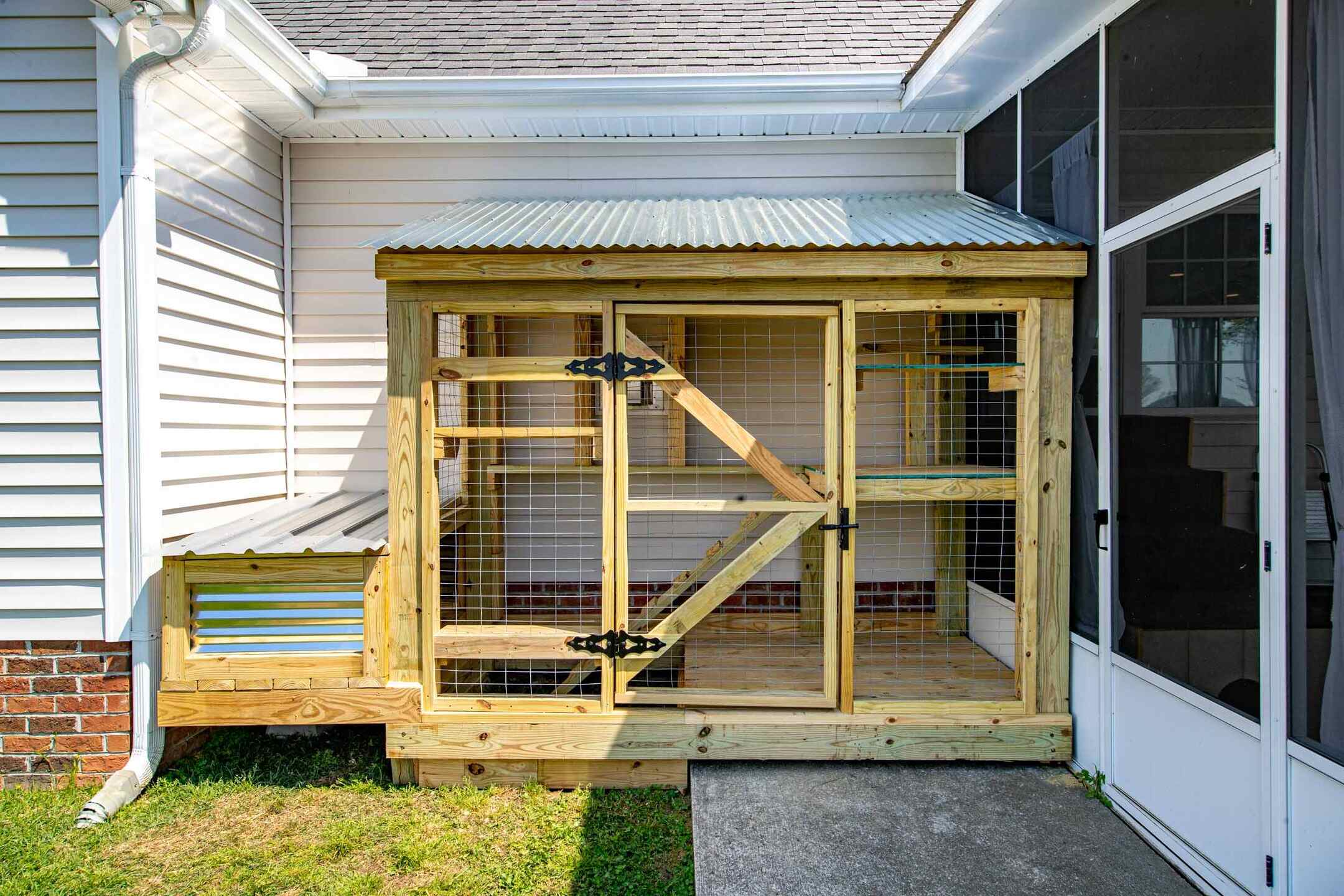
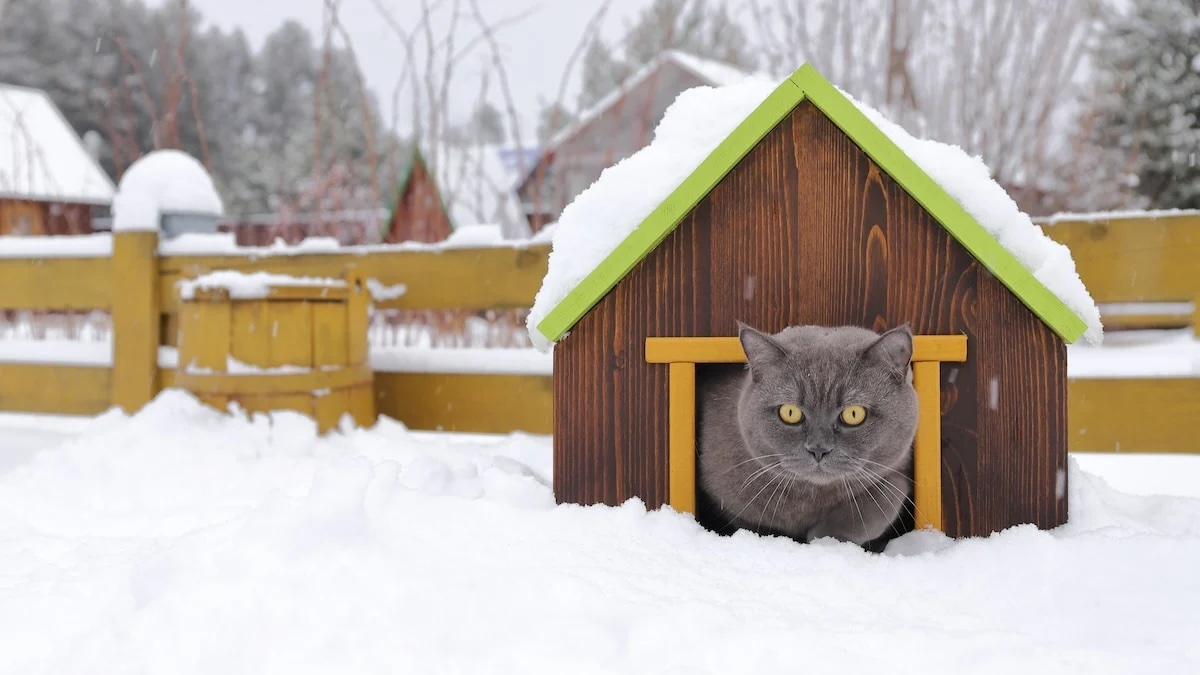

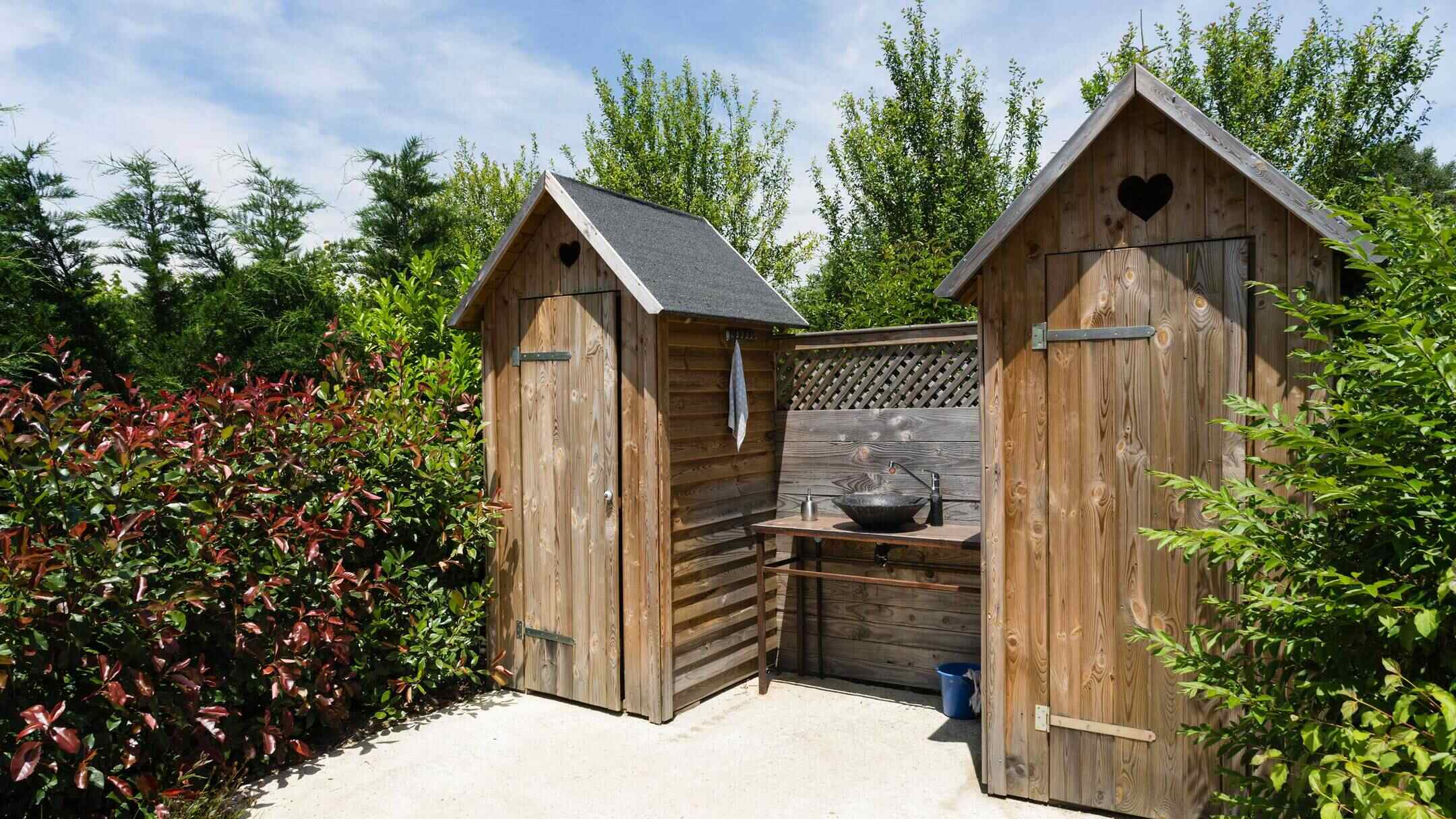

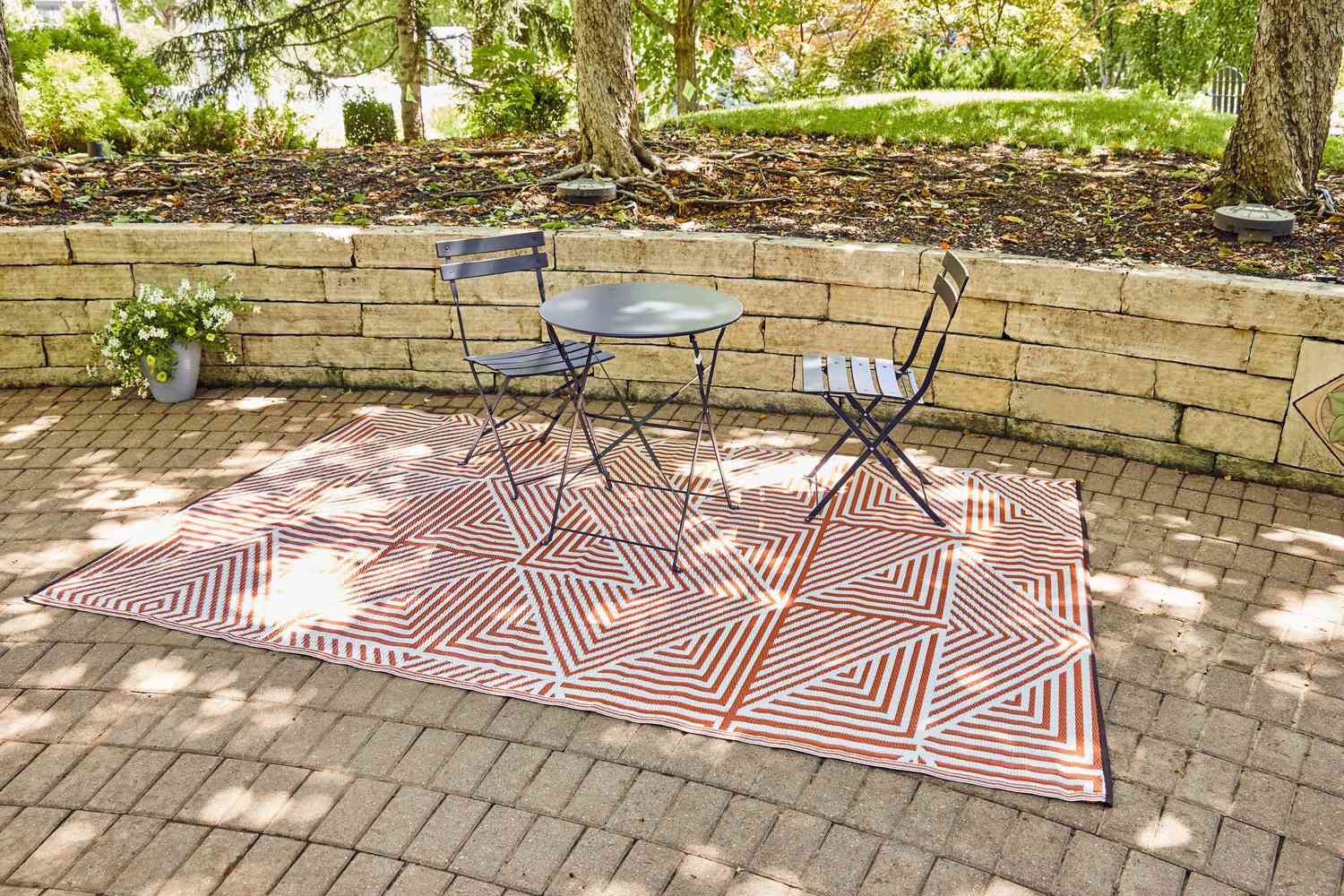

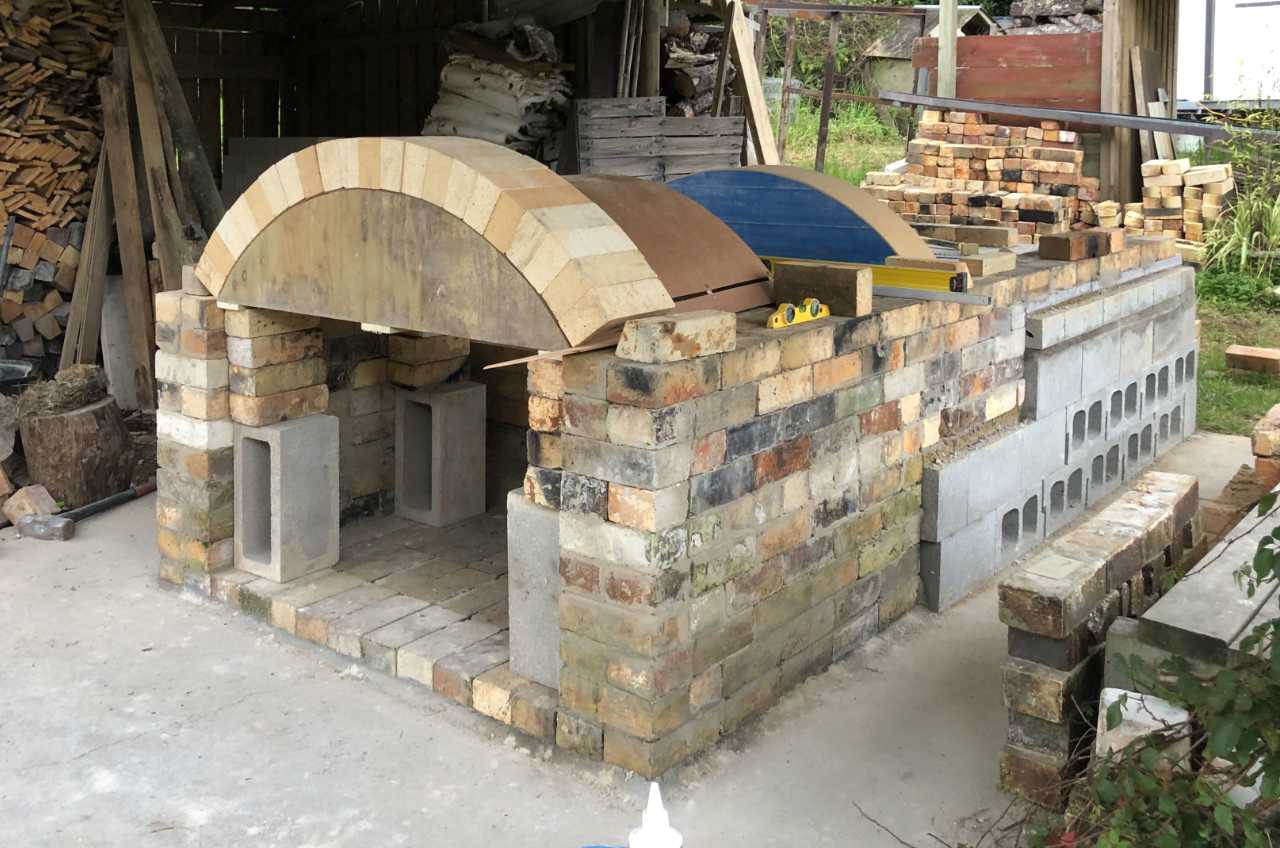

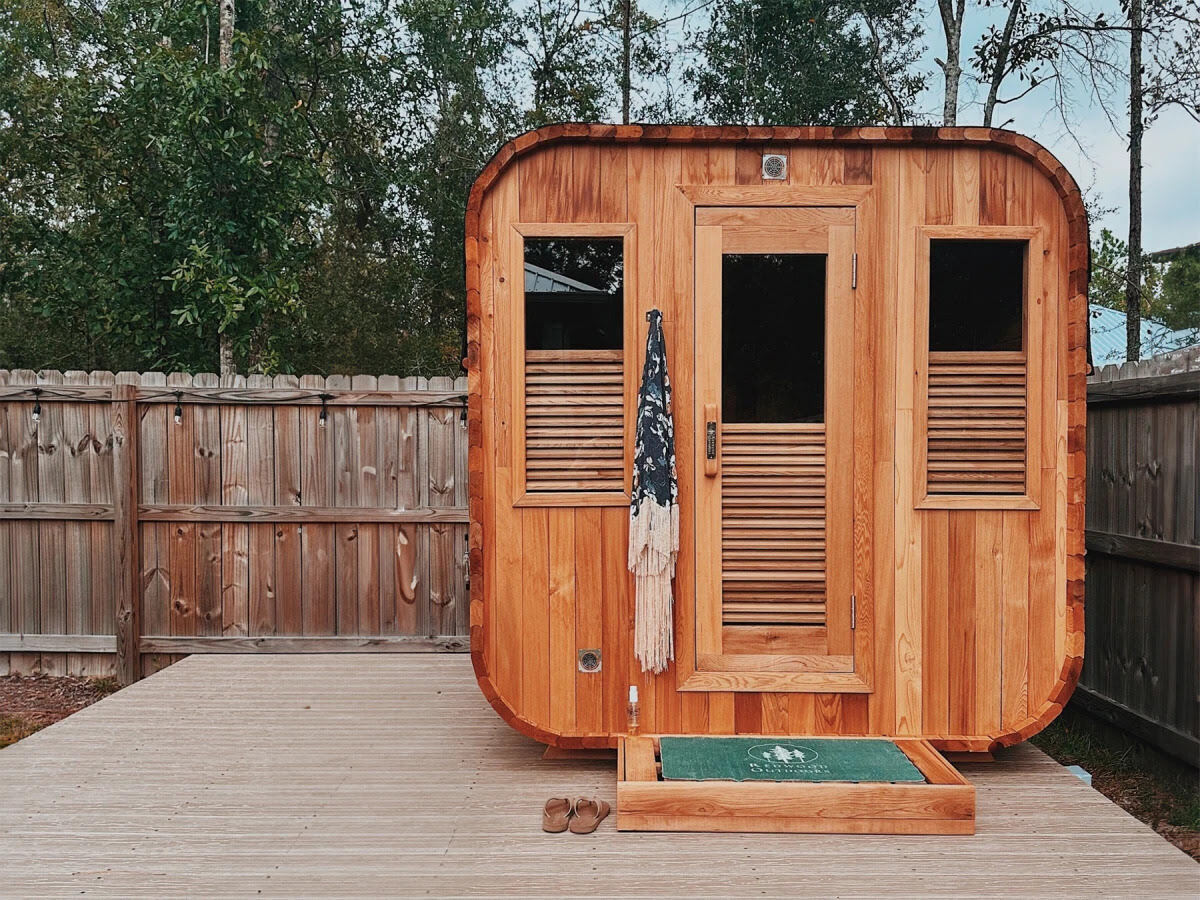



0 thoughts on “How To Build An Outdoor Cat Shelter”